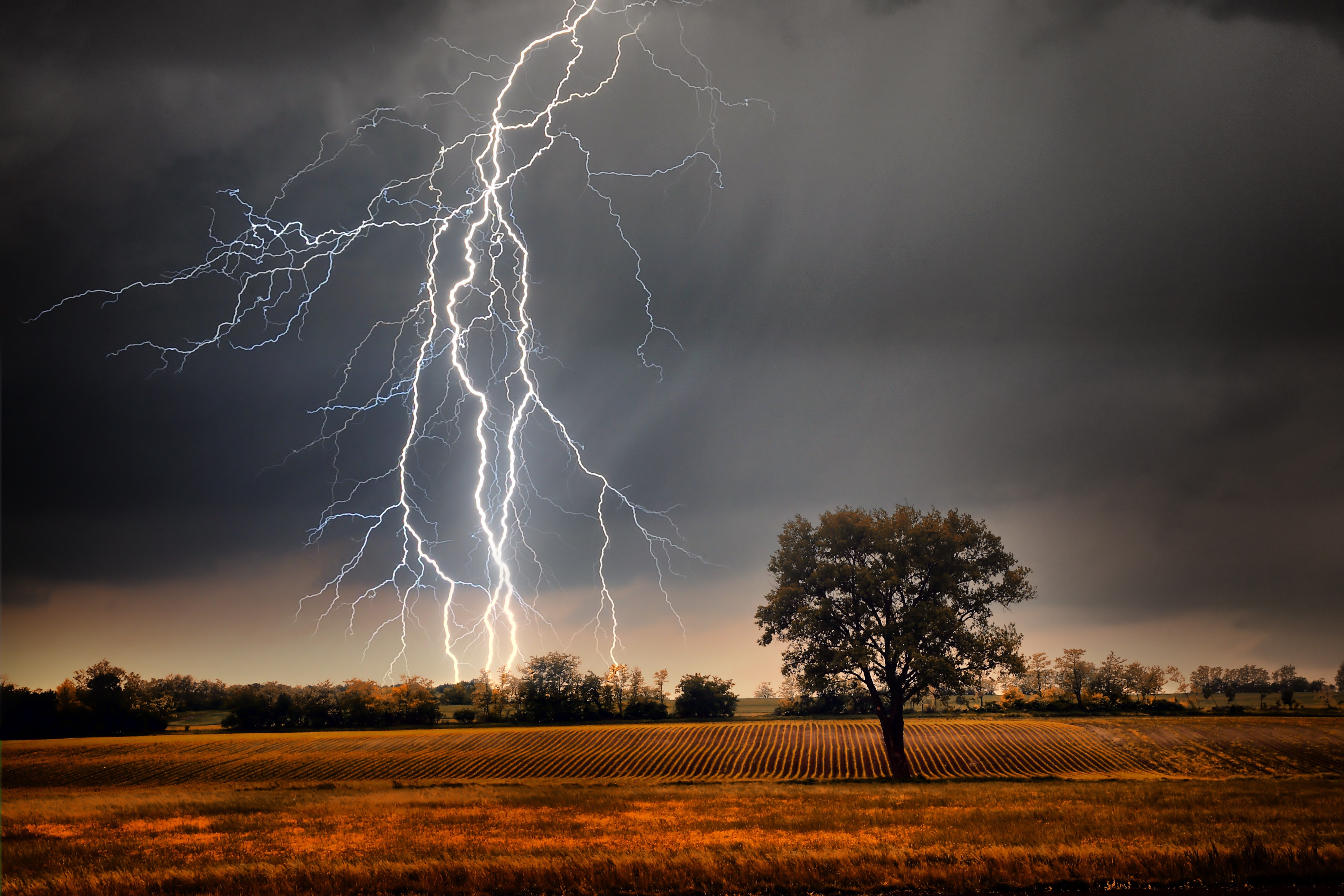
*This post has been modified since its original publish date. Content updates occured on: March 2, 2020*
Ah, spring... it brings warmer weather (at least in the afternoon hours), pretty flowers, and green grass. While it's no secret that spring can be a beautiful thing 80% of the time, the remainder is often spent enduring some of the year's most damaging storms. Last year's spring storm season alone brought unimaginable devastation to our state, with the violent F-3 tornado that ripped through Jefferson City, on top of heavy rains that caused our riverbanks and surrounding towns to go completely underwater. Many Missouri farmers are still struggling to recover from lost spring planting opportunities and no 2019 crop to harvest.
Sure, we aren't meteorologists capable of predicting whether or not you and your home will fall victim to storm season's wrath; however, we can give you some preventative tips straight from the mouths of our experienced claims team who have seen it all. Here's what they suggest doing before spring's stormy weather makes its grand entrance:
1. Get Up Close And Personal With Your Roof And Siding
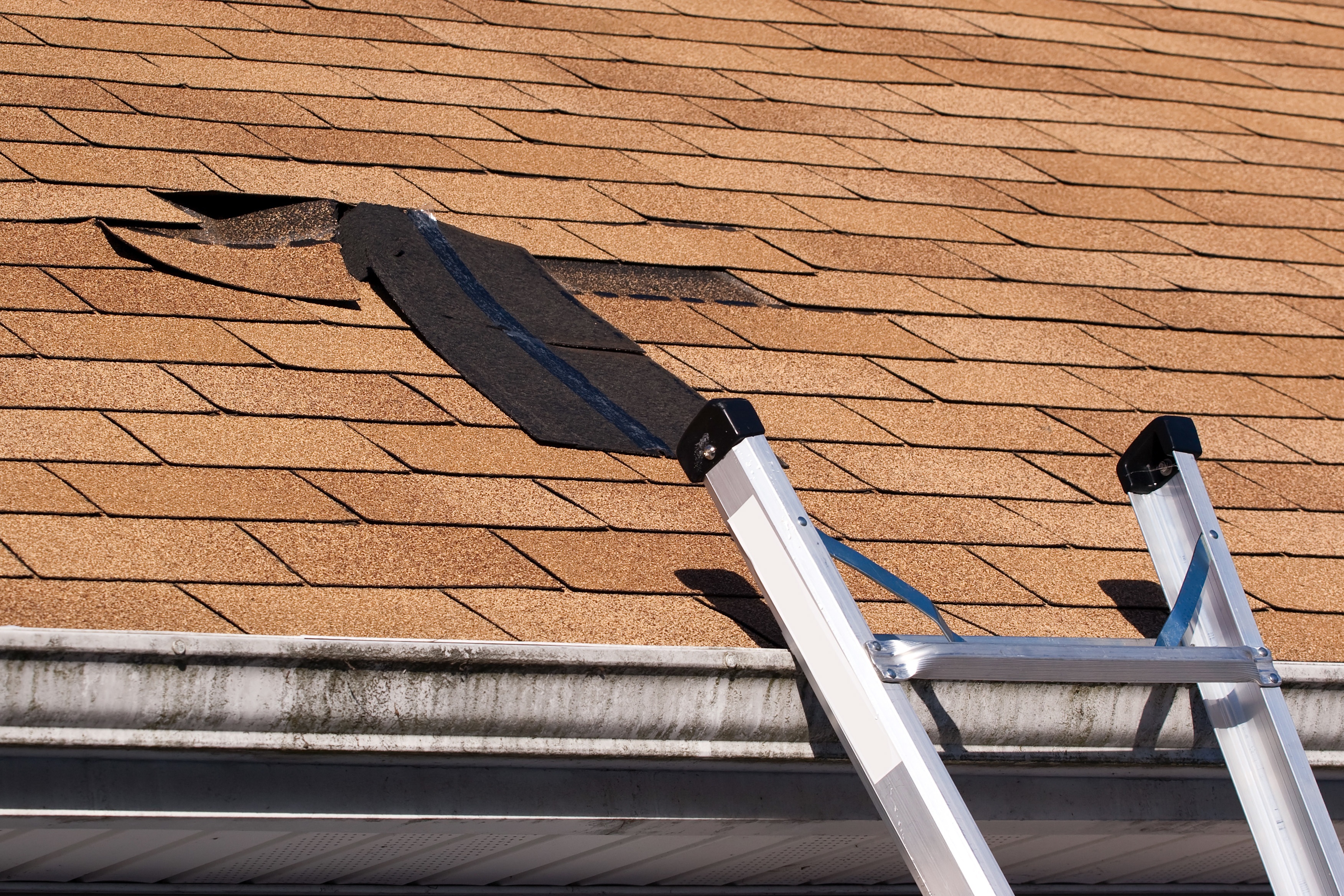 Take an afternoon to walk around your house and examine the condition of your roof and siding. Look for signs of past damage like loose siding or shingles that may rip off easily in high winds, or noticeable, deep dents or dings in your shingles that could cause leaks from heavy rain. If you notice any of these things, call a licensed professional to come help determine the best course of action to prevent future damage. Angie's List is a great source for finding a reputable, licensed contractor or roofer to help you.
Take an afternoon to walk around your house and examine the condition of your roof and siding. Look for signs of past damage like loose siding or shingles that may rip off easily in high winds, or noticeable, deep dents or dings in your shingles that could cause leaks from heavy rain. If you notice any of these things, call a licensed professional to come help determine the best course of action to prevent future damage. Angie's List is a great source for finding a reputable, licensed contractor or roofer to help you.
2. Deep Clean Your Gutters
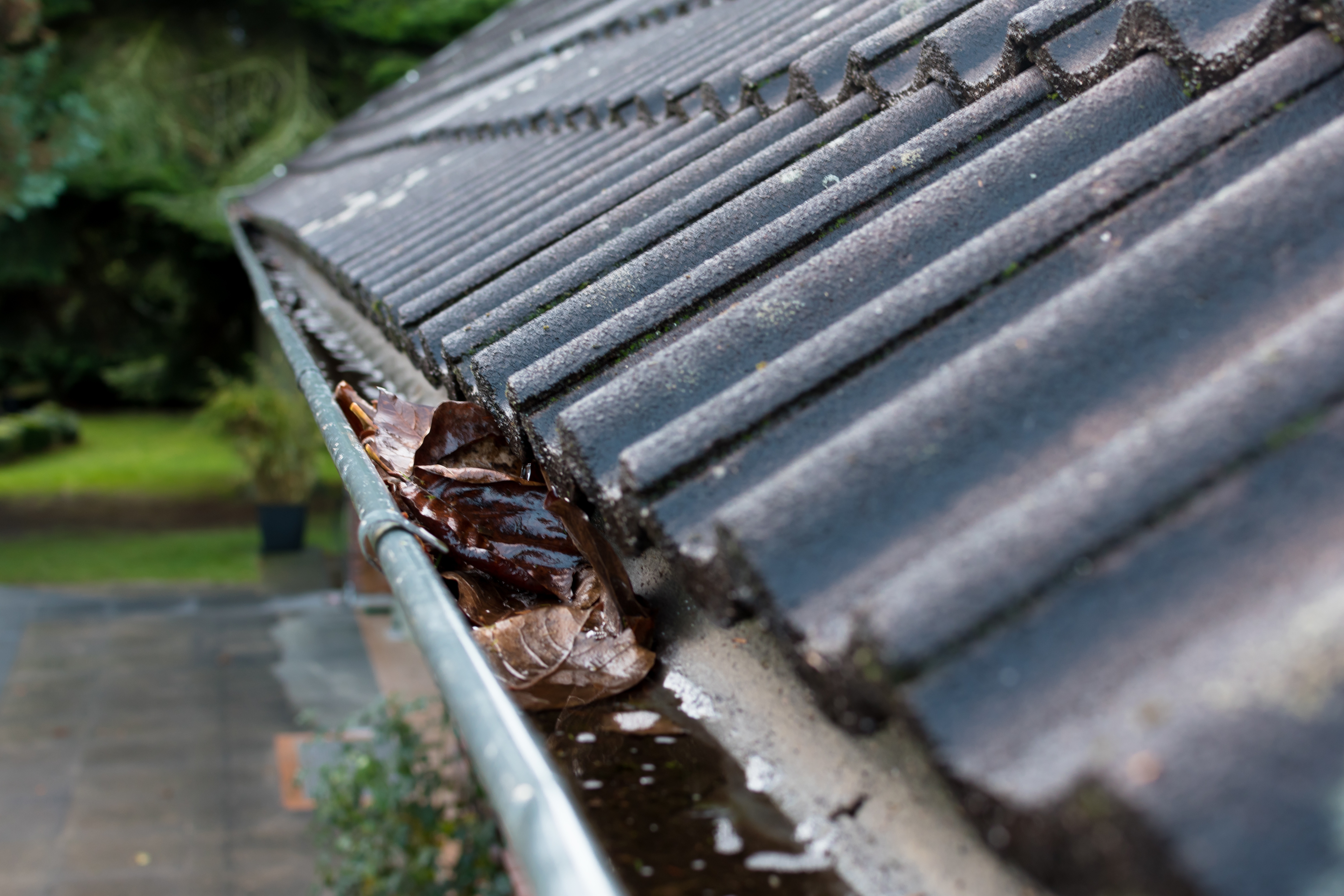 If your gutters look like they have a small garden growing in them, it's probably time to bust out the ladder and give them a good cleaning. By clearing out leaves, vegetation, and other debris from your gutters, you'll allow all that spring rainfall to properly flow off your roof and away from your foundation. Gutters should be maintained year-round, but especially prior to storm season.
If your gutters look like they have a small garden growing in them, it's probably time to bust out the ladder and give them a good cleaning. By clearing out leaves, vegetation, and other debris from your gutters, you'll allow all that spring rainfall to properly flow off your roof and away from your foundation. Gutters should be maintained year-round, but especially prior to storm season.
3. Swap Out Your Landscaping
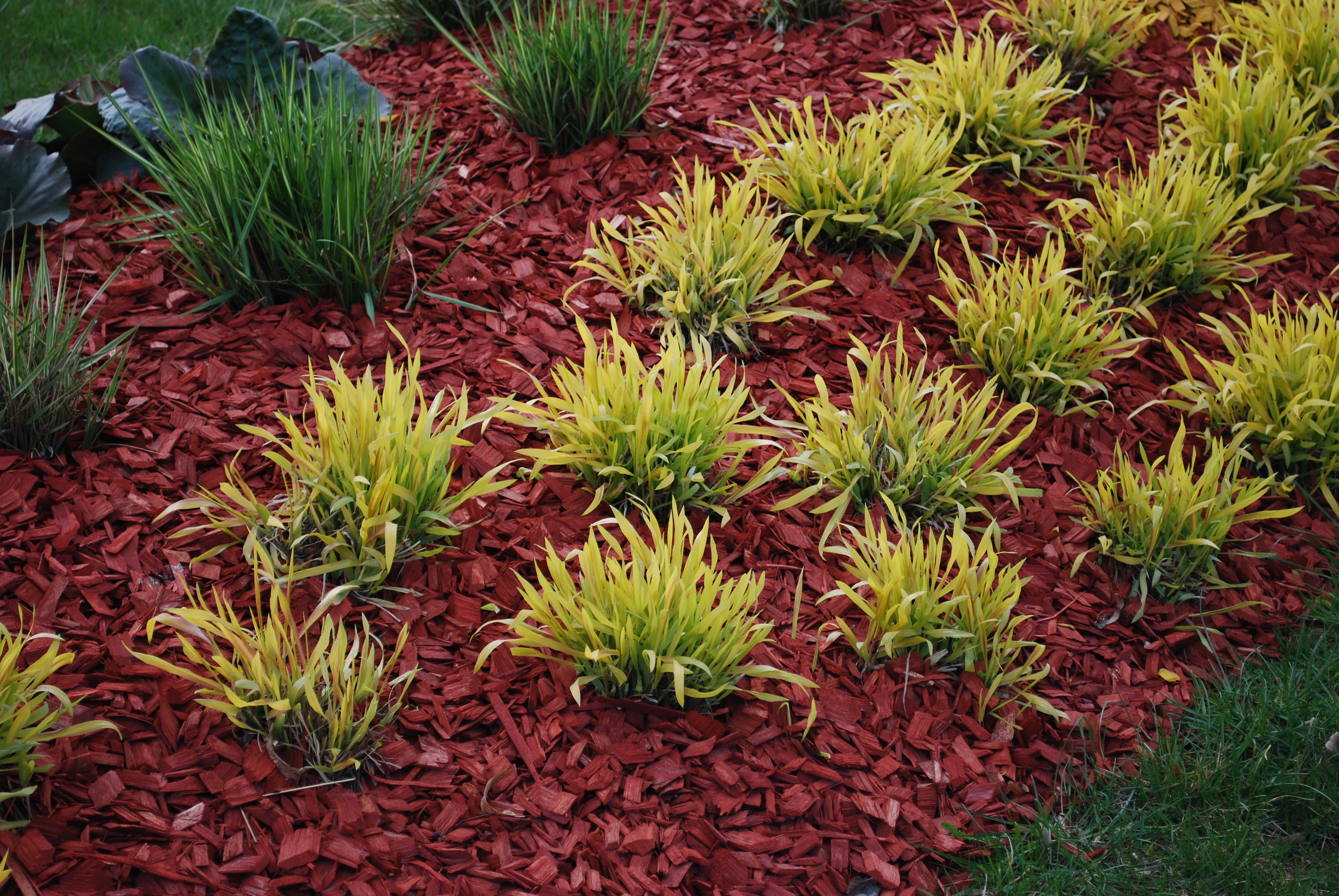 No, we don't mean rip out all your existing landscaping (so put down the shovel and gardening gloves). But we do recommend relocating any over-sized rocks, bricks, or pavers away from your home. Instead, opt for mulch, as its light weight will fare much better in high speed winds. Large, decorative rocks, for example, can cause damage to windows, railing, and siding to name a few, if strong enough winds pick them up (and unapologetically relocate them). For some help creating a storm-friendly landscape, check out this design app for homeowners.
No, we don't mean rip out all your existing landscaping (so put down the shovel and gardening gloves). But we do recommend relocating any over-sized rocks, bricks, or pavers away from your home. Instead, opt for mulch, as its light weight will fare much better in high speed winds. Large, decorative rocks, for example, can cause damage to windows, railing, and siding to name a few, if strong enough winds pick them up (and unapologetically relocate them). For some help creating a storm-friendly landscape, check out this design app for homeowners.
4. Trim Overgrown Trees
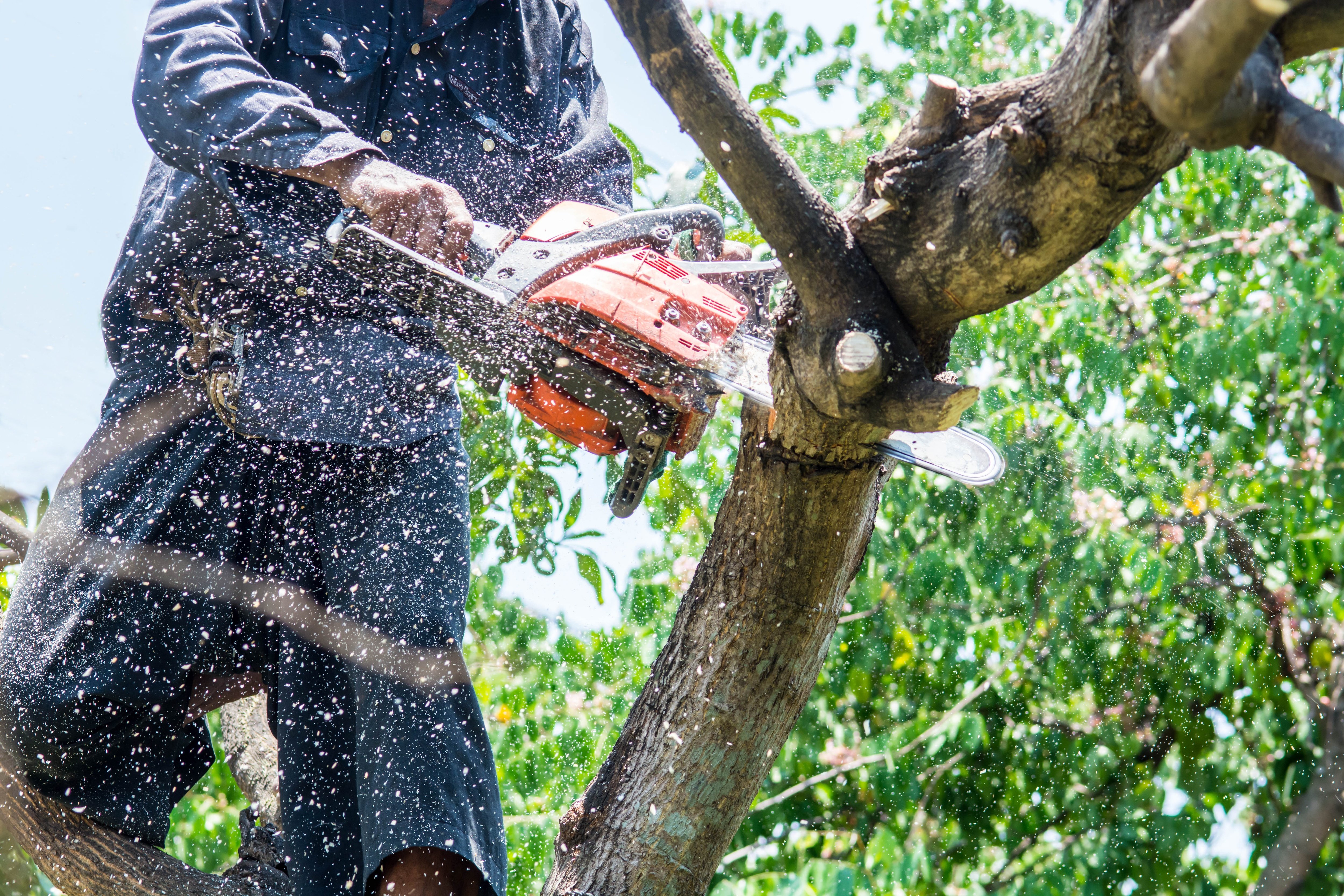 If you've fallen behind on your tree maintenance, now's the time to ramp it up. Large, overhanging tree branches can cause severe damage to your home and cars if even the slightest wind hits them the wrong way during a storm. Not to mention, the removal of them or the entire tree in the aftermath can be even costlier. Take a chainsaw to those dead, weak overhanging branches before spring's first storm hits to save yourself some heartbreak and money later on.
If you've fallen behind on your tree maintenance, now's the time to ramp it up. Large, overhanging tree branches can cause severe damage to your home and cars if even the slightest wind hits them the wrong way during a storm. Not to mention, the removal of them or the entire tree in the aftermath can be even costlier. Take a chainsaw to those dead, weak overhanging branches before spring's first storm hits to save yourself some heartbreak and money later on.
5. Properly Secure Heavy Patio Furniture
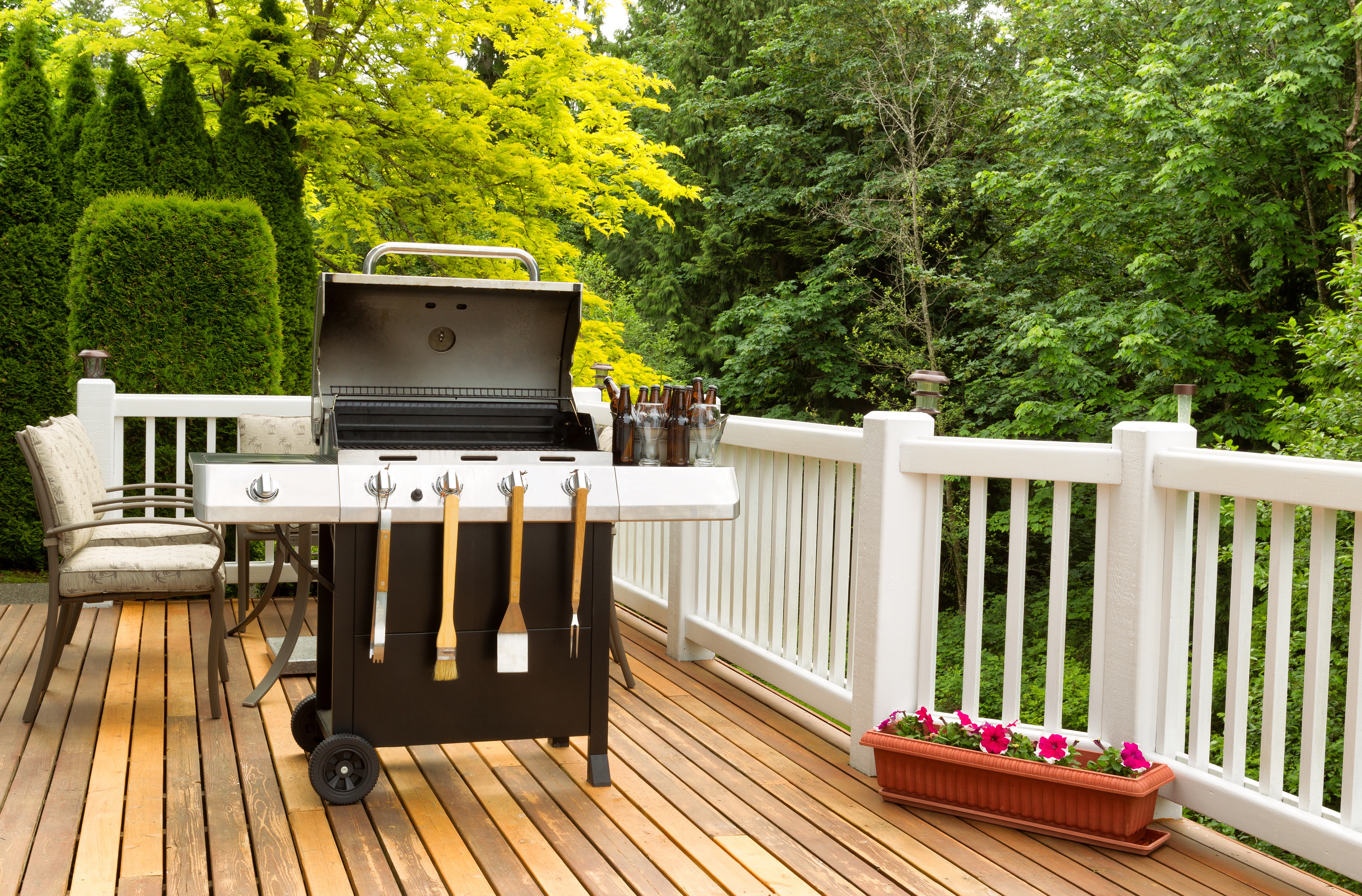 Don't let a spring storm take away your prized Grill Master 5000 (AKA your baby) - You guys have shared way too many backyard memories for it to all get swept away in a matter of seconds. Properly secure your grill and other heavy patio furniture to ensure it won't go anywhere when heavy winds hit by using these methods:
Don't let a spring storm take away your prized Grill Master 5000 (AKA your baby) - You guys have shared way too many backyard memories for it to all get swept away in a matter of seconds. Properly secure your grill and other heavy patio furniture to ensure it won't go anywhere when heavy winds hit by using these methods:
- Stake your furniture to the ground using anchors or use bolts to drill them in place on your decking.
- Use Earthquake Gel to bond glass table tops to their base.
- Connect your furniture together with bungee cords and place them in a corner when a storm is about to hit.
- Plant wind barriers for future storm protection.
- Consider buying new furniture made of heavy materials like wrought iron, cast aluminum, or steel.
6. Learn How To Shut Off Your Power, Water, And Gas
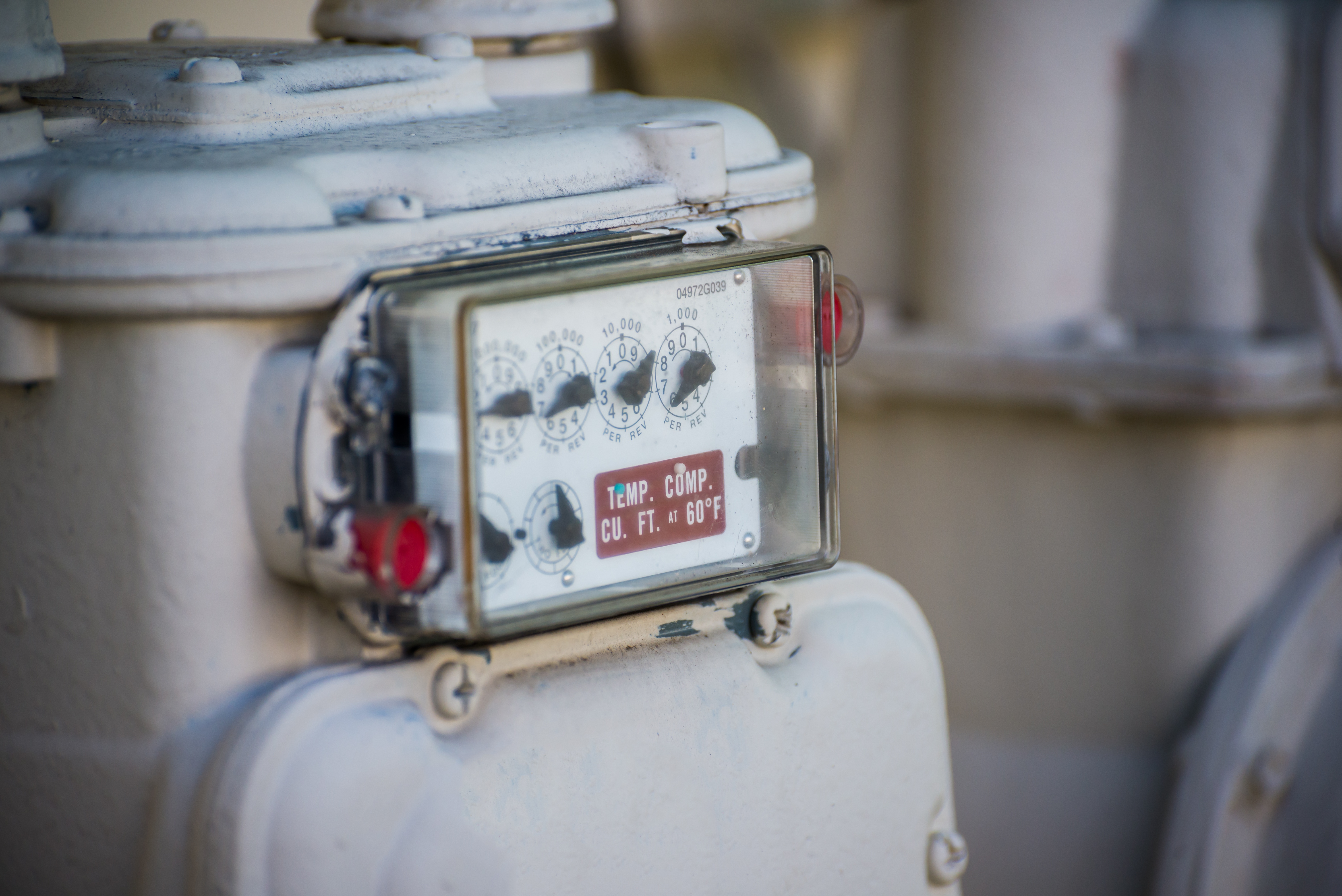 Everyone knows knowledge is power, and the more you know about your home's working parts, the better. After a severe storm strikes, it can cause damaged electrical sockets or appliances to produce sparks. These sparks can then cause a fire if the power doesn't get shut off immediately. Luckily the shut-off process is pretty simple:
Everyone knows knowledge is power, and the more you know about your home's working parts, the better. After a severe storm strikes, it can cause damaged electrical sockets or appliances to produce sparks. These sparks can then cause a fire if the power doesn't get shut off immediately. Luckily the shut-off process is pretty simple:
- Locate your home's breaker box and shut off the main breaker at the top of the electrical panel. Don't switch the circuit back on until you're sure there are no damaged electrical outlets in your home or live gas leaks. If you're concerned one of these two things have happened, leave your home and contact your local emergency response specialists immediately.
In addition to knowing how to shut off your electricity, you should also know how to shut off your water lines. If your pipes get damaged in a storm or flooding incident, they may become filled with contaminated water. To avoid this polluted water from entering your home, you'll need to shut off your home's water supply. This shut-off process is also simple:
- Locate your home's main water shut-off valve, which is typically located inside your home, in the basement, near the main water line. After you track down the valve, turn the handle or knob clockwise until the valve closes completely. Don't turn your water back on until you've been given the green light from city officials.
Just like with electrical and water lines, damaged gas lines after a storm can cause contamination of your air and potentially a fire. Before storm season hits, contact your utility company and ask for instructions on how to turn off your home's gas line in the event of a disaster. You can then keep the instructions handy or put them near your gas meter, so you'll know exactly what to do if the time comes.
7. Buy Surge Protectors
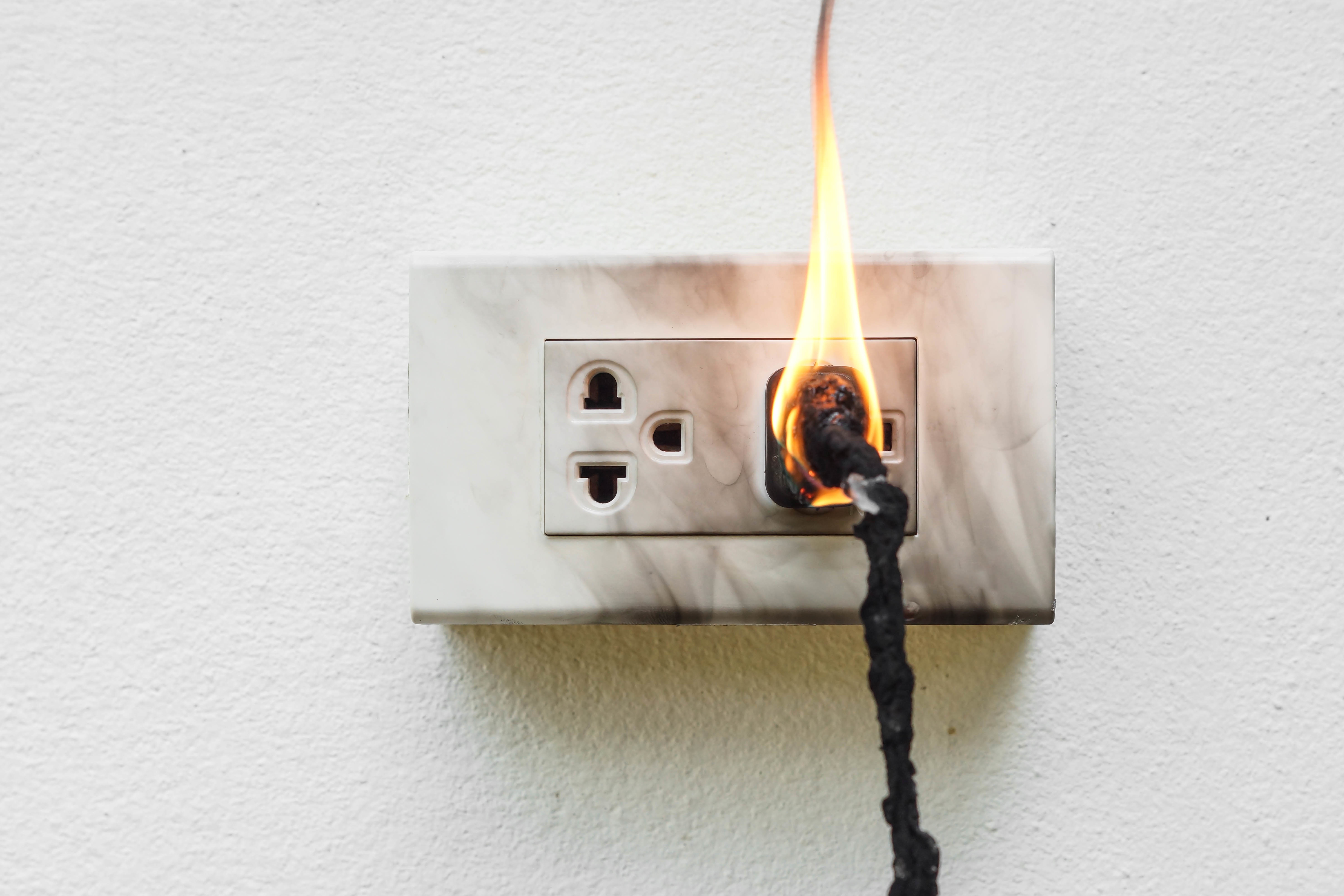 Lightning is the most common culprit of power surges for homeowners. When a power surge (large spike in electricity) happens, it causes a sudden current of excessive heat, which can burn a wire and anything connected it to it. This can not only ruin your expensive appliances and electronics, but also cause a structural fire. Investing in a surge protector will help protect your high dollar items and home in the event of a lightning storm. The typical surge protector only costs around $40 - a bargain compared to the cost of that 72-inch TV sitting in your living room. If you're sold on the idea but don't know where to start, check out this list of the top-rated surge protectors from Tech Hive.
Lightning is the most common culprit of power surges for homeowners. When a power surge (large spike in electricity) happens, it causes a sudden current of excessive heat, which can burn a wire and anything connected it to it. This can not only ruin your expensive appliances and electronics, but also cause a structural fire. Investing in a surge protector will help protect your high dollar items and home in the event of a lightning storm. The typical surge protector only costs around $40 - a bargain compared to the cost of that 72-inch TV sitting in your living room. If you're sold on the idea but don't know where to start, check out this list of the top-rated surge protectors from Tech Hive.
8. Consider Purchasing Flood Insurance
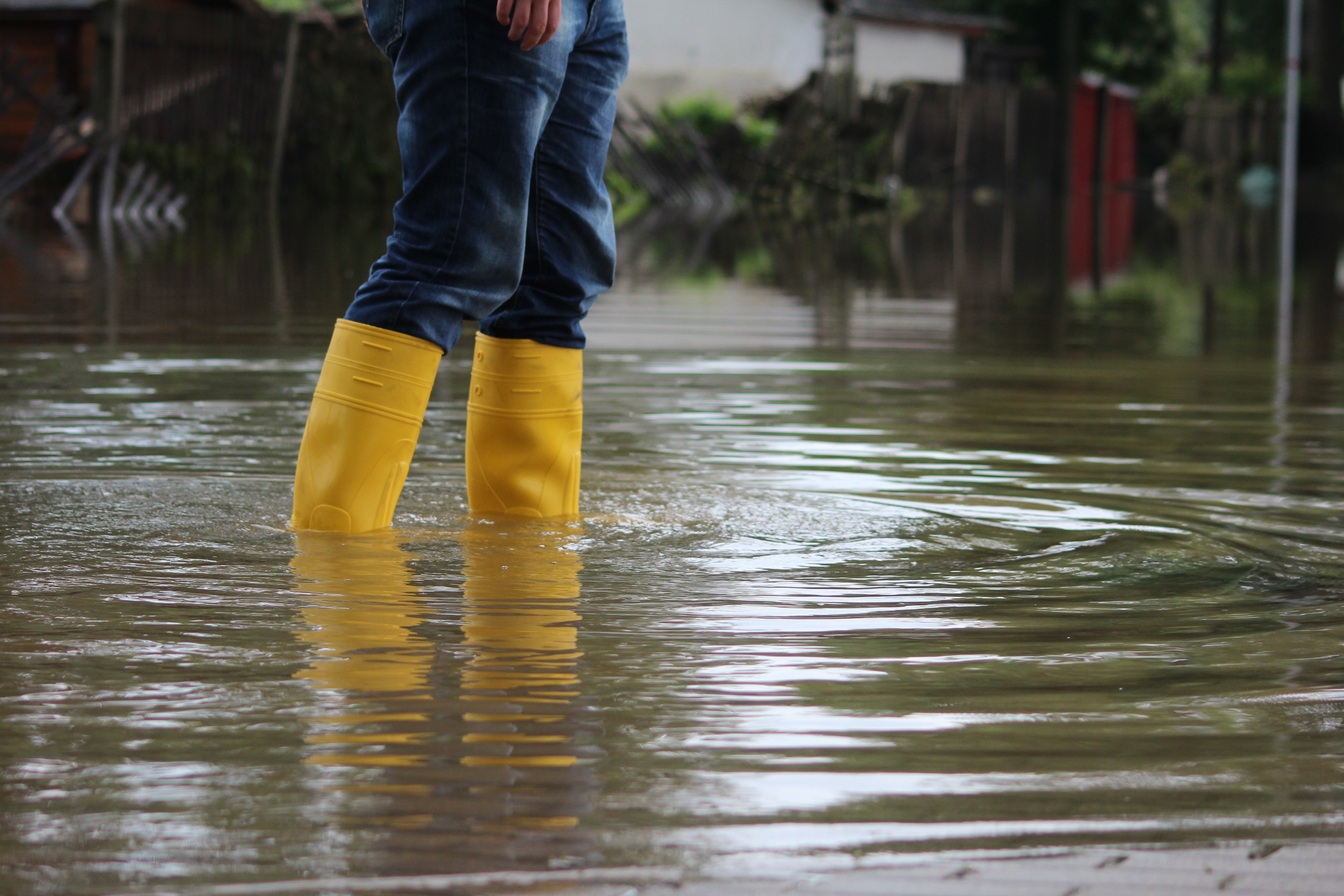
While there is flood insurance available to homeowners through the government-run National Flood Insurance Program (NFIP), it aims to cover high-risk areas that require flood insurance by law. For inland residents outside of these areas, coverage is "optional." But because of high limits, surcharges, and exclusions that come with that coverage, the enrollment rate is only 1% in low-to-moderate risk areas. This doesn't stop floods from hitting these areas; in fact, 20% of NFIP flood claims come from low-to-moderate risk areas, with an average claim of $27,000.
If you're an inland resident, you now have a more affordable coverage alternative to NFIP insurance. Designed specifically for residents in low-to-moderate risk areas, our CFM Inland Flood Coverage endorsement can add affordable flood coverage to existing Homeowner, Farmowner, Fire and Extended Coverage policies. This insurance covers the most common exposures residents face from an inland flood, including personal property, basement exposures, and appliances. Since floods are the number one most frequently occurring natural disaster in the United States, and the most costly, according to the Federal Emergency Management Agency (FEMA), it may not hurt to ask your agent about adding this beneficial endorsement to your CFM policy.
9. Check Up On Your Sump Pump
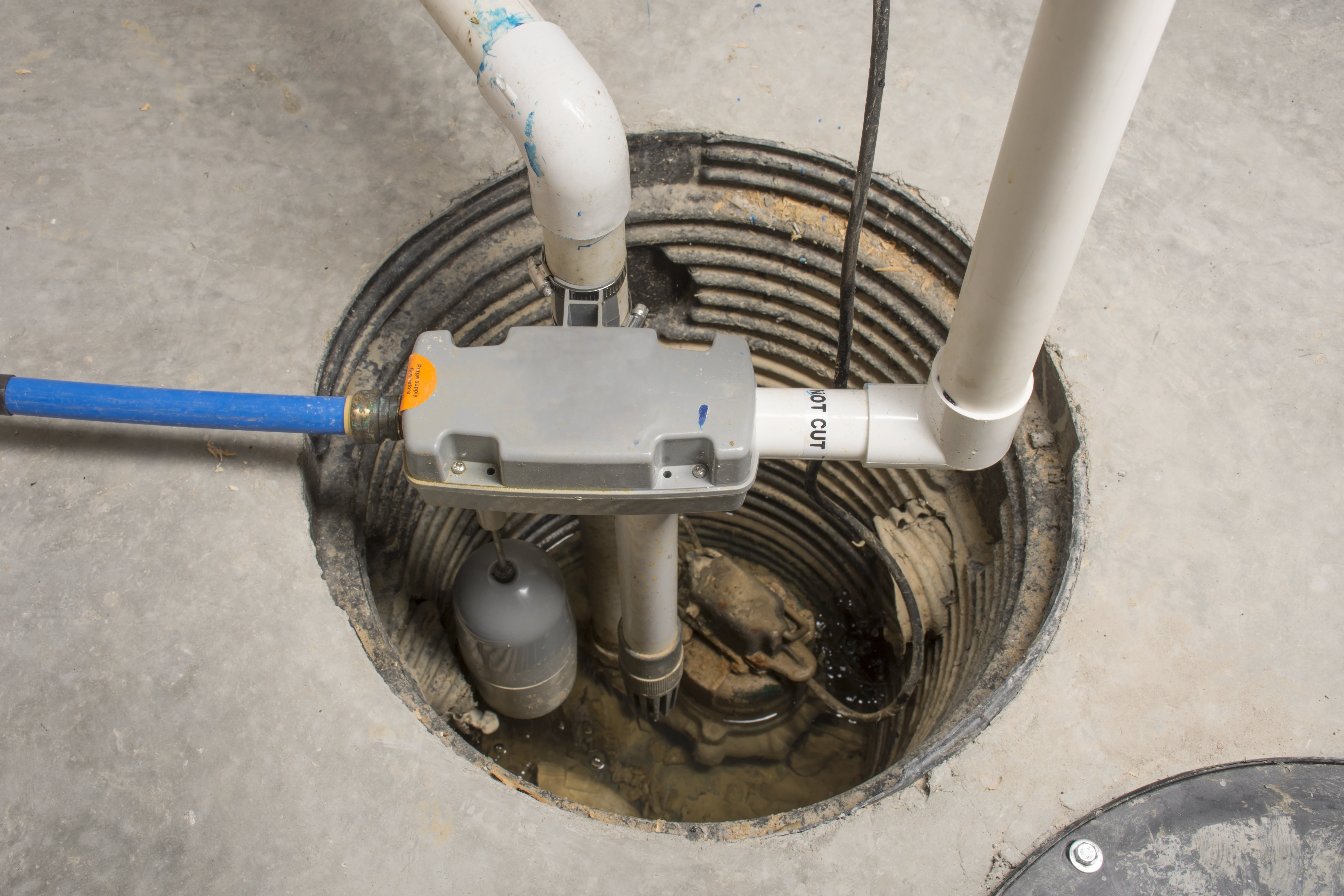 Your sump pump is in charge of keeping ground water from getting in your basement or crawlspace by moving excess water out and away from your home's foundation. If your sump pump stops working, it can cause water to creep into your home, leaving a mess for you - including potential mold and mildew growth. Test your sump pump before storm season starts to make sure your basement doesn't run the risk of flooding. You can do this by unplugging the pump and then plugging it in again or running water through it. For more details on how check your sump pump, watch this live inspection from home inspector, Mark McCaffrey.
Your sump pump is in charge of keeping ground water from getting in your basement or crawlspace by moving excess water out and away from your home's foundation. If your sump pump stops working, it can cause water to creep into your home, leaving a mess for you - including potential mold and mildew growth. Test your sump pump before storm season starts to make sure your basement doesn't run the risk of flooding. You can do this by unplugging the pump and then plugging it in again or running water through it. For more details on how check your sump pump, watch this live inspection from home inspector, Mark McCaffrey.
10. Build An Emergency Kit
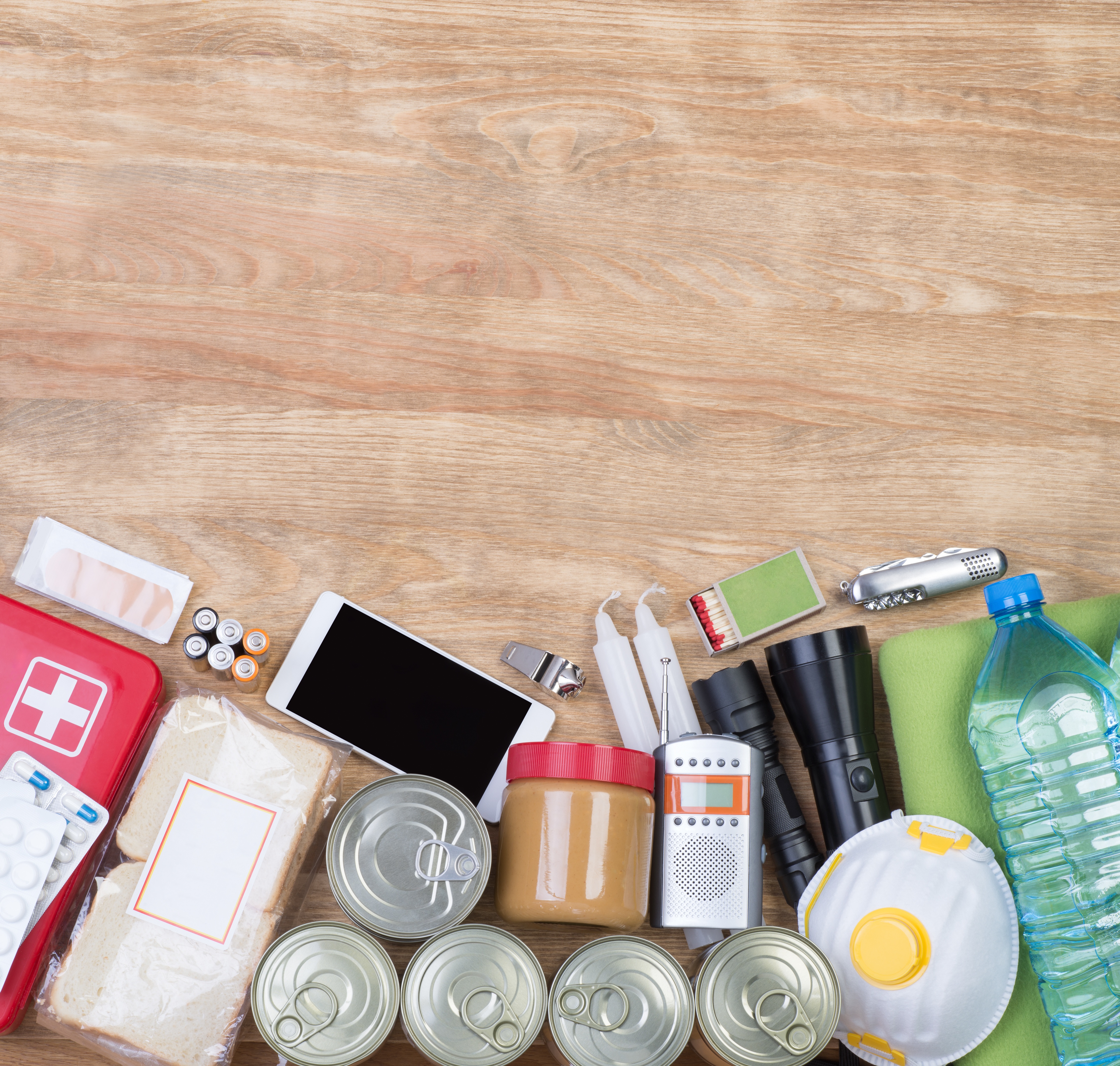 It's always good to have an emergency kit on hand before disaster strikes. Your kit should have these basics:
It's always good to have an emergency kit on hand before disaster strikes. Your kit should have these basics:
- First-aid supplies
- Flashlights/batteries
- Candles/matches
- AM/FM weather radio
- Water/non-perishable food items
- Work gloves and seasonally appropriate footwear (like rain boots for potential flooding incidents)
- Toiletries
- Special medication/formula (if you have a baby)
- Tools to turn off utilities
Make sure you show everyone in your family what is in the emergency kit and where it can be found. Everyone needs to be on the same page about what the kit is used for and also how to use the items in it.
11. Take A Proper Home Inventory
 Nothing's worse than suffering a loss and not having a detailed list of what you need replaced in an insurance claim scenario. It not only helps you know what you'll need to recover, but your claims adjuster too, as they'll want to make sure you have all of your belongings accounted for. Take time to go through your home and record everything you own, or at least the big-ticket items you'd be devastated to lose, and next to those items, list their estimated value and year they were purchased. Keep the list in a safe place, so you can easily access it and give it to your claims adjuster should your home suffer storm damage. And don't forget to update it over the years, as you accumulate more personal property. Need a little help getting started? Download this home inventory template to keep track of everything.
Nothing's worse than suffering a loss and not having a detailed list of what you need replaced in an insurance claim scenario. It not only helps you know what you'll need to recover, but your claims adjuster too, as they'll want to make sure you have all of your belongings accounted for. Take time to go through your home and record everything you own, or at least the big-ticket items you'd be devastated to lose, and next to those items, list their estimated value and year they were purchased. Keep the list in a safe place, so you can easily access it and give it to your claims adjuster should your home suffer storm damage. And don't forget to update it over the years, as you accumulate more personal property. Need a little help getting started? Download this home inventory template to keep track of everything.
12. Find A Good Weather App
 In this digital day and age, tracking a storm's path is as simple as 1, 2, 3. In addition to watching the weather forecast on TV, you can also download a dependable weather app for up to the minute updates. It's also beneficial to have this information at your fingertips, should your TV lose signal as a storm approaches. These are some of our favorite weather apps:
In this digital day and age, tracking a storm's path is as simple as 1, 2, 3. In addition to watching the weather forecast on TV, you can also download a dependable weather app for up to the minute updates. It's also beneficial to have this information at your fingertips, should your TV lose signal as a storm approaches. These are some of our favorite weather apps:
13. Review Your Insurance Policy
 It never hurts to review your insurance policy with your agent before storm season to make sure you have all the coverage you want and need for your home and belongings. This will prevent you from being blindsided down the road if a loss occurs, which is something we never want for our policyholders.
It never hurts to review your insurance policy with your agent before storm season to make sure you have all the coverage you want and need for your home and belongings. This will prevent you from being blindsided down the road if a loss occurs, which is something we never want for our policyholders.
While the weather will always be unpredictable, you can safely stay ahead of the storm season by implementing these practical tips.


Your Comments :